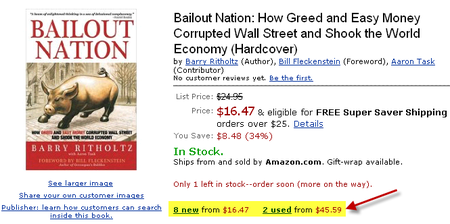While there have been efforts in the past two decades to make cities denser, and better for walking, planners are now taking the concept to the suburbs and focusing specifically on environmental benefits like reducing emissions. Vauban, home to 5,500 residents within a rectangular square mile, may be the most advanced experiment in low-car suburban life. But its basic precepts are being adopted around the world in attempts to make suburbs more compact and more accessible to public transportation, with less space for parking. In this new approach, stores are placed a walk away, on a main street, rather than in malls along some distant highway.
"All of our development since World War II has been centered on the car, and that will have to change," said David Goldberg, an official of Transportation for America, a fast-growing coalition of hundreds of groups in the United States -- including environmental groups, mayors' offices and the American Association of Retired People -- who are promoting new communities that are less dependent on cars. Mr. Goldberg added: "How much you drive is as important as whether you have a hybrid."
Levittown and Scarsdale, New York suburbs with spread-out homes and private garages, were the dream towns of the 1950s and still exert a strong appeal. But some new suburbs may well look more Vauban-like, not only in developed countries but also in the developing world, where emissions from an increasing number of private cars owned by the burgeoning middle class are choking cities.
In the United States, the Environmental Protection Agency is promoting "car reduced" communities, and legislators are starting to act, if cautiously. Many experts expect public transport serving suburbs to play a much larger role in a new six-year federal transportation bill to be approved this year, Mr. Goldberg said. In previous bills, 80 percent of appropriations have by law gone to highways and only 20 percent to other transport.
In California, the Hayward Area Planning Association is developing a Vauban-like community called Quarry Village on the outskirts of Oakland, accessible without a car to the Bay Area Rapid Transit system and to the California State University's campus in Hayward.
SCIENCE / ENVIRONMENT
In German Suburb, Life Goes On Without Cars
By ELISABETH ROSENTHAL
Published: May 12, 2009
A young development in Vauban illustrates a trend of planning communities to thrive without automobiles.
